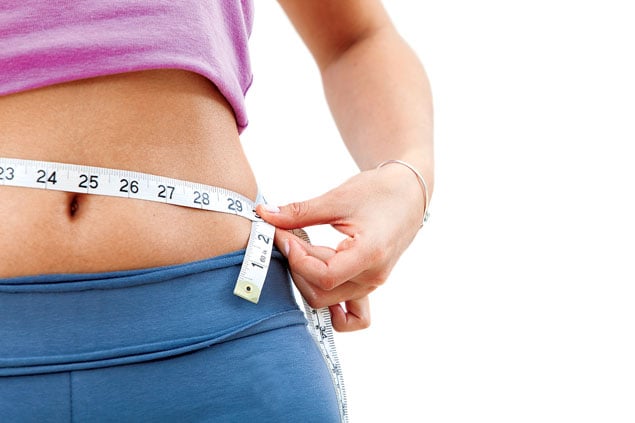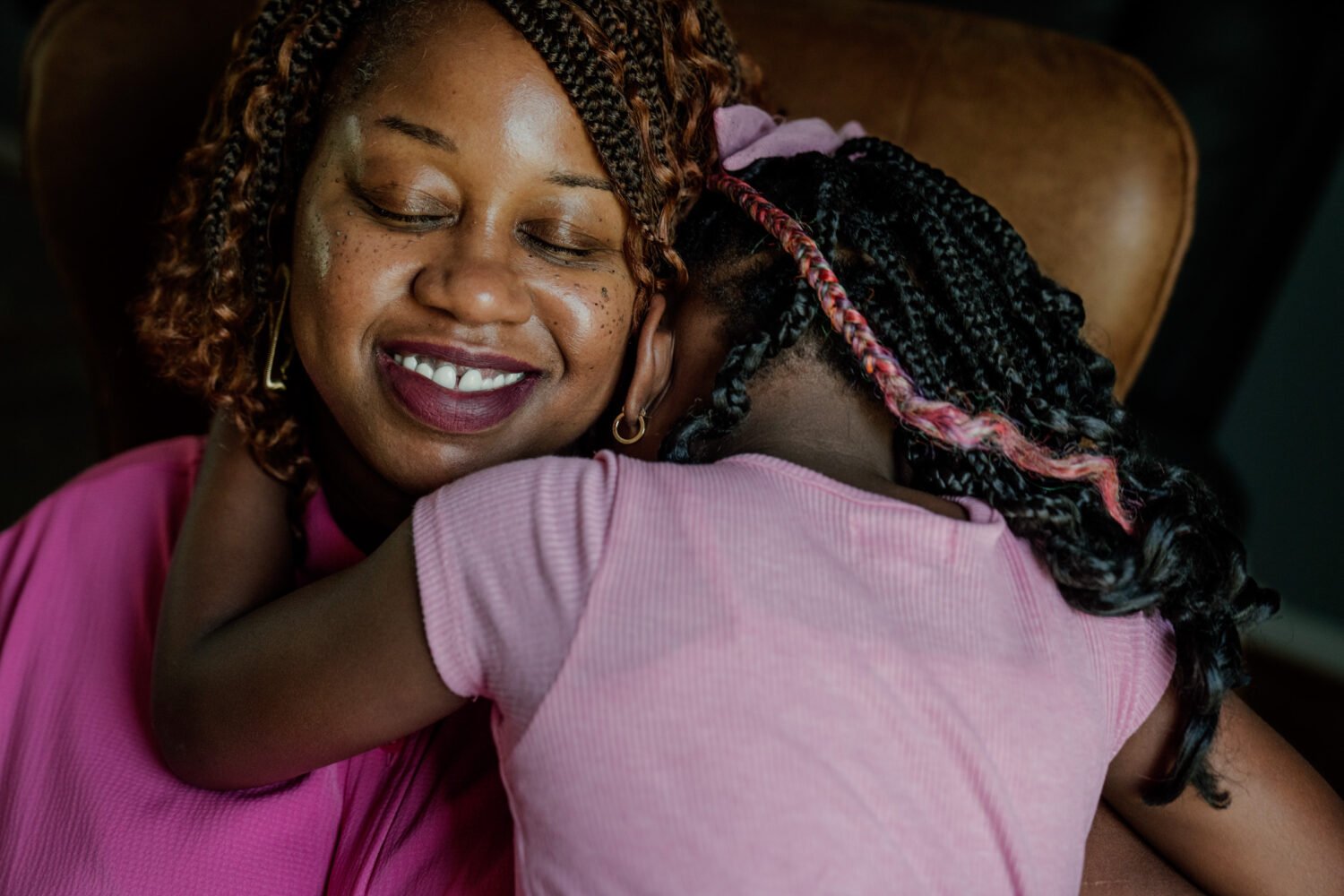Consider this all-too-common scenario: You’ve lost weight and can almost get into the skinny jeans you’d lost hope of ever wearing. The only problem? Those love handles are still in the way of making the pants a perfect fit.
Dr. Marilyn Berzin can relate—she has the same problem.
“Some people, no matter how much weight they lose, still have troublesome areas,” says Berzin, a dermatologist at DC Derm Docs.
The good news is that these days expensive weight-loss surgery, such as liposuction and tummy tucks, isn’t the only option. Body-shaping devices to heat and break down fat cells without damaging the exposed skin have become an appealing—and less painful—alternative for those hoping to shave off the last few inches from their waistlines. The treatments are short and noninvasive, and they allow you to return to work the same day.
If it sounds too good to be true, consider Dr. Dale Isaacson’s new, slimmer look. In 2013, Isaacson—who is Berzin’s partner at DC Derm Docs—underwent a few fat-blasting sessions and ultimately shed three inches off his waist.
Body-contouring devices use radiofrequency or ultrasound technology to heat and break down fat cells without damaging the exposed skin. Liposonix, a one-time ultrasound treatment that takes an hour in a doctor’s office, not only melts fat but also tightens loose skin that tends to stick around after weight loss. Some bruising and tenderness are expected post-treatment, and results appear gradually over 8 to 12 weeks.
“Your best candidate,” Berzin says, “is somebody who is in good shape but just can’t lose that little bit of weight.”
A new option is Vanquish, which Isaacson underwent and which uses radiofrequency to heat and melt fat from the stomach or love handles. Patients undergo a 30-minute treatment once a week. While most cases require four to six sessions, some people have reported a difference after the first one.
DC dermatologist Melda Isaac began offering Vanquish this past October after undergoing the treatment herself and being impressed with the lack of pain—although patients may experience some tenderness afterward. Currently, it’s offered in only a few offices locally, including DC Derm Docs and MI-Skin Dermatology Center.
The biggest competitor to the melting devices are cooling treatments that freeze away fat cells and have been FDA-approved since 2010. CoolSculpting—available in 21 doctors’ offices in Washington—suctions areas of fat and then crystallizes and kills the fat cells at about 32 degrees Fahrenheit. After the hourlong treatment, the fat “has a consistency almost like that of frozen meat,” says Sibley Memorial Hospital chief of plastic surgery G. Wesley Price, who recently began offering the procedure at his Chevy Chase and Annandale offices. The fat pocket is massaged briefly and eventually disappears from one’s waist after two to three months.
According to Price, one session eliminates 20 to 25 percent of the fatty layer. Depending on the number of areas the patient wants to target, multiple treatments may be required. As with Liposonix, the ideal patient is not overweight, he says: “We select patients who have a localized area of fat accumulation and are not better suited for regular liposuction or tummy tuck.”
While the results of CoolSculpting are promising, Isaac says the major downside is that the technology targets only a certain amount of fat that will fit into the suction device. Heating devices can melt fat over a larger area.
Body-sculpting treatments aren’t cheap—ranging from $600 to $800 for one CoolSculpting session to approximately $2,000 for Liposonix and Vanquish. But Berzin says for many patients the results are worth the investment: “You all of a sudden fit into your clothes and have that confidence. We’re all trying to find ways to look better, but we’re trying to find things that will not hurt us.”
This article appears in the February 2014 issue of Washingtonian.


















